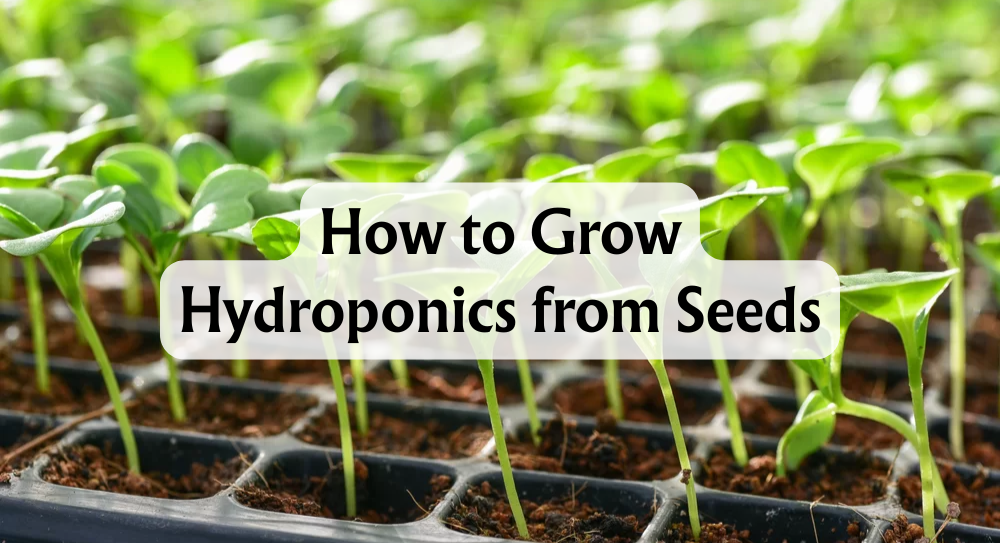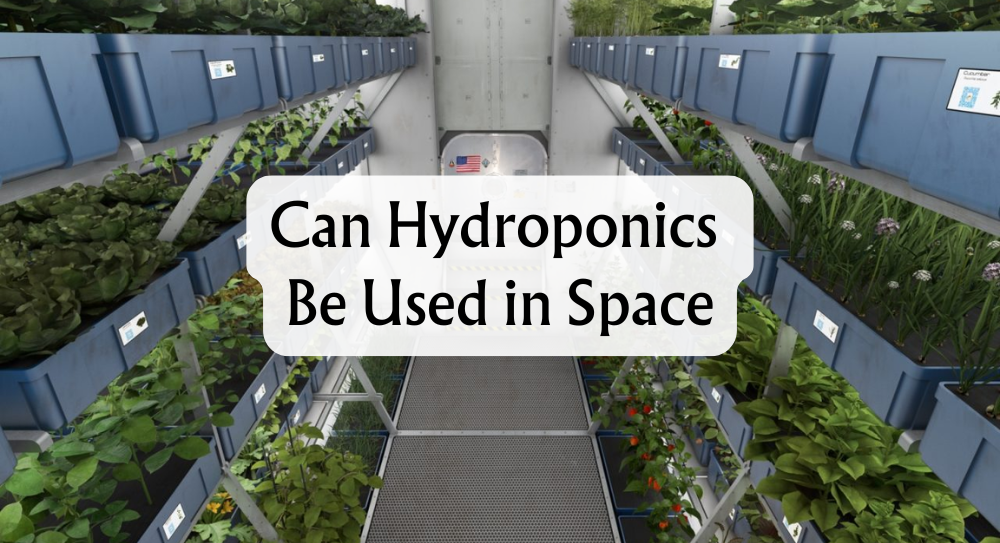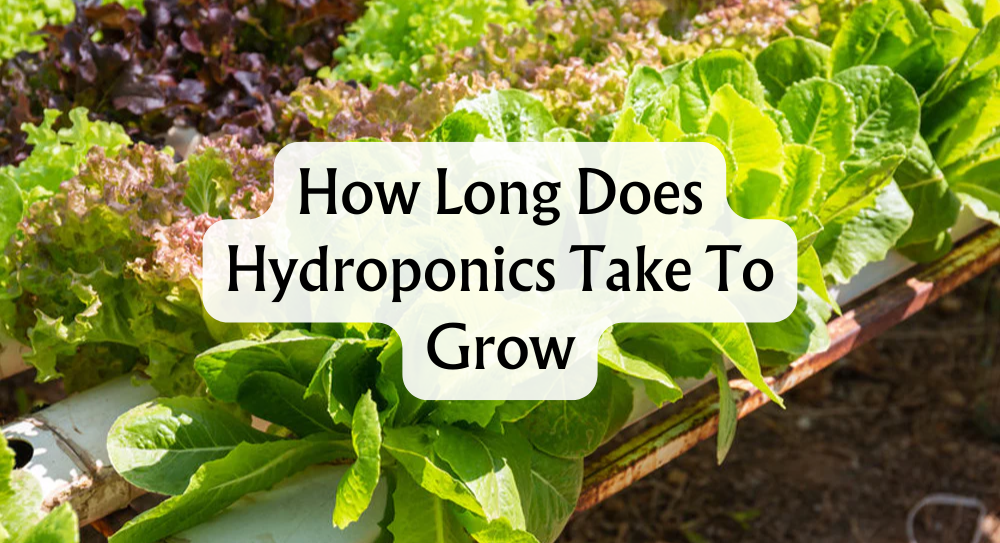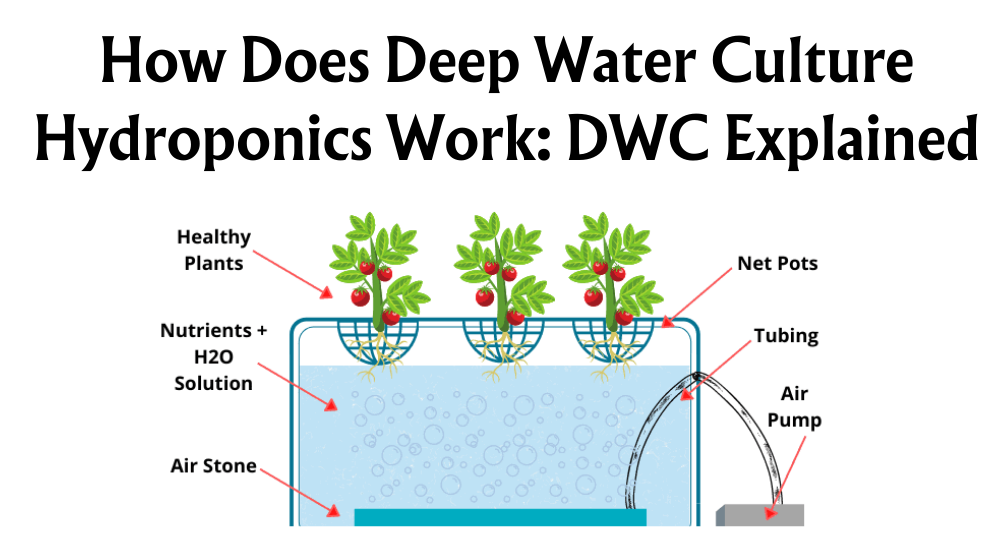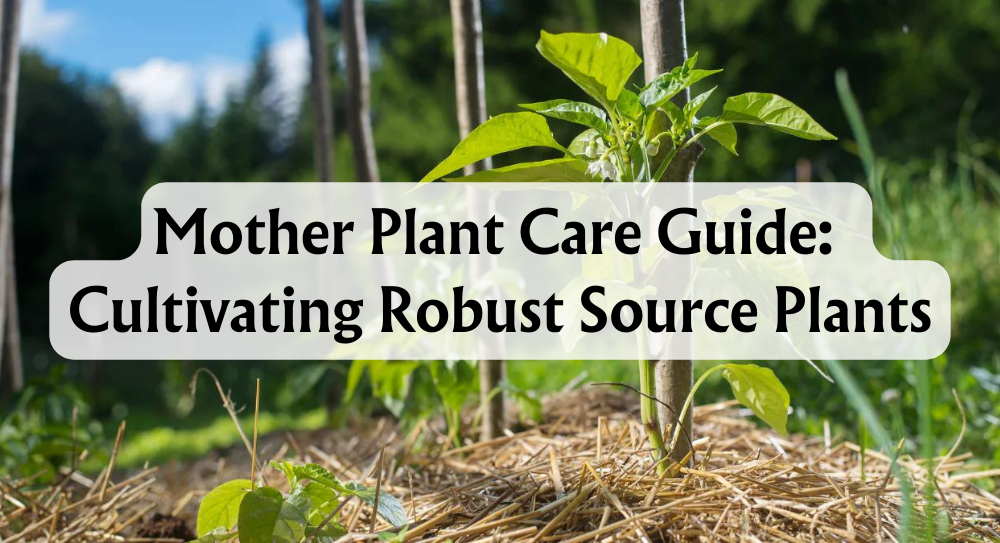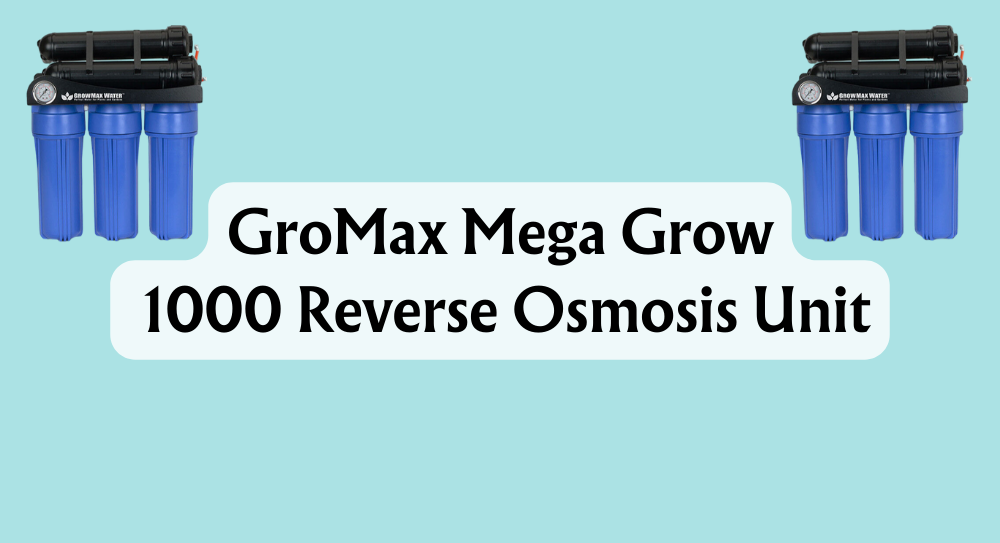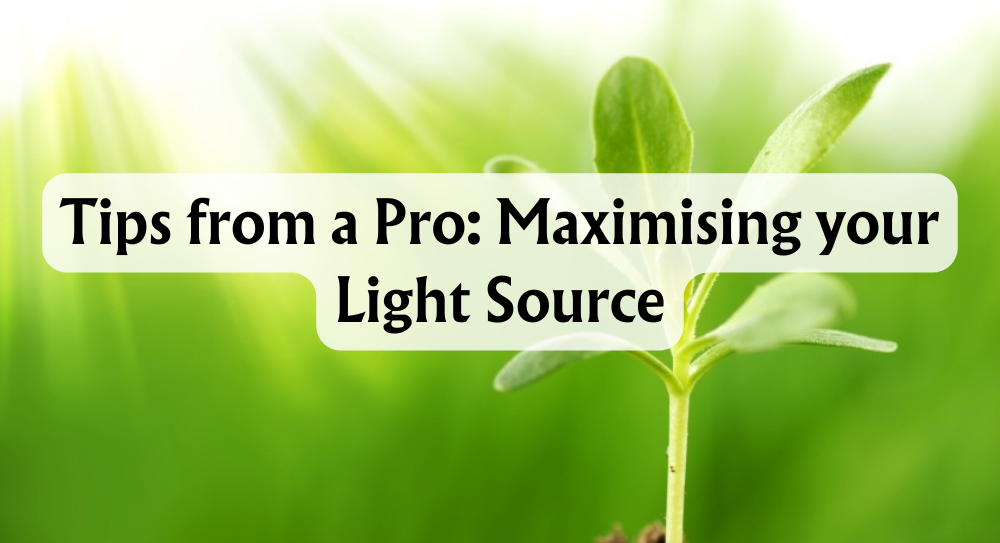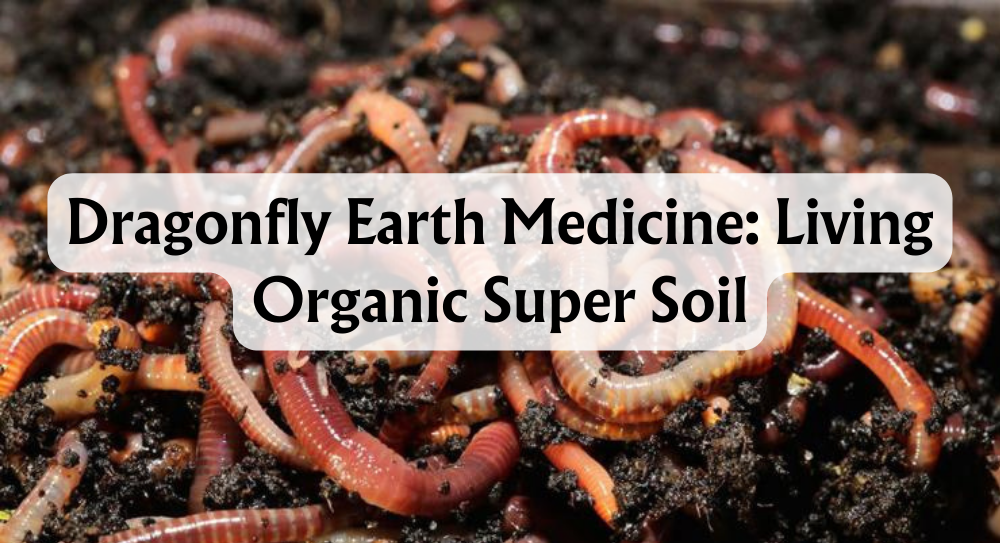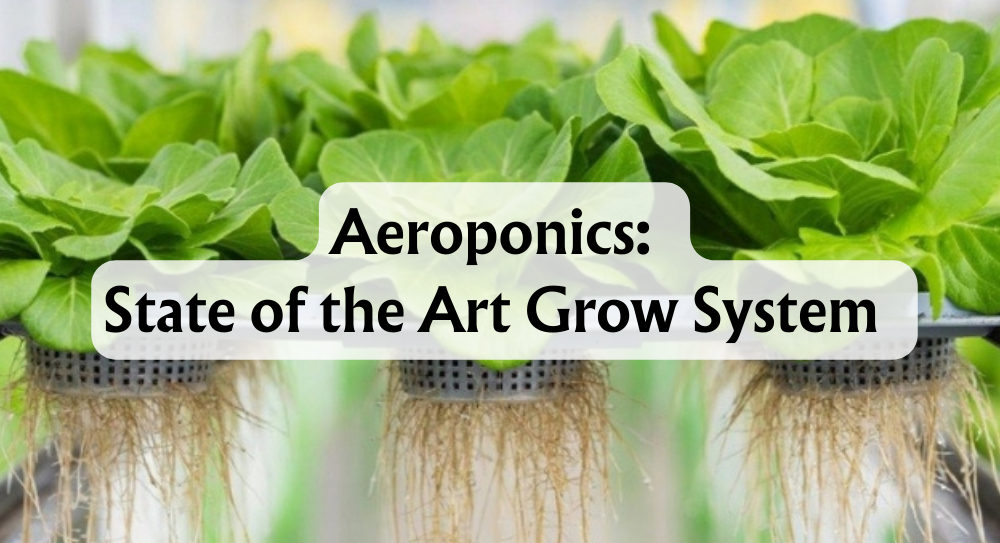Hydroponics, the art of growing plants without soil, is becoming increasingly popular among both novice and experienced gardeners. The appeal of hydroponic systems lies in their ability to yield faster growth and increased efficiency, especially in limited spaces. By growing plants from seeds in these systems, we open the door to fresh produce all year round, regardless of the outdoor climate.
Starting seeds in a hydroponic system offers numerous advantages, including rapid growth and maximising limited space. In our experience, once the seeds germinate, they thrive in nutrient-rich water environments, supported by growing mediums such as rock wool or coconut coir. This method also eliminates soil pests, making it an attractive option for those keen to avoid pesticides.
Hydroponic seed germination is an exciting and cost-effective way to launch your indoor garden, offering flexibility in terms of plant choice. By setting up a simple hydroponic system, such as a DIY cloner, we can watch seedlings transform into healthy plants right before our eyes. With minimal equipment and some enthusiasm, anyone can cultivate a thriving hydroponic garden.
Key Takeaways
- Hydroponics allows for rapid plant growth and is space-efficient.
- Starting from seeds in hydroponics avoids soil pests and reduces costs.
- Hydroponic gardening offers flexibility in plant choice and growing conditions.
What Is Hydroponic Seed Germination?
Hydroponic seed germination is a process where seeds are sprouted in a soilless environment. We use a nutrient-rich solution to provide the necessary nutrients directly to the seeds.
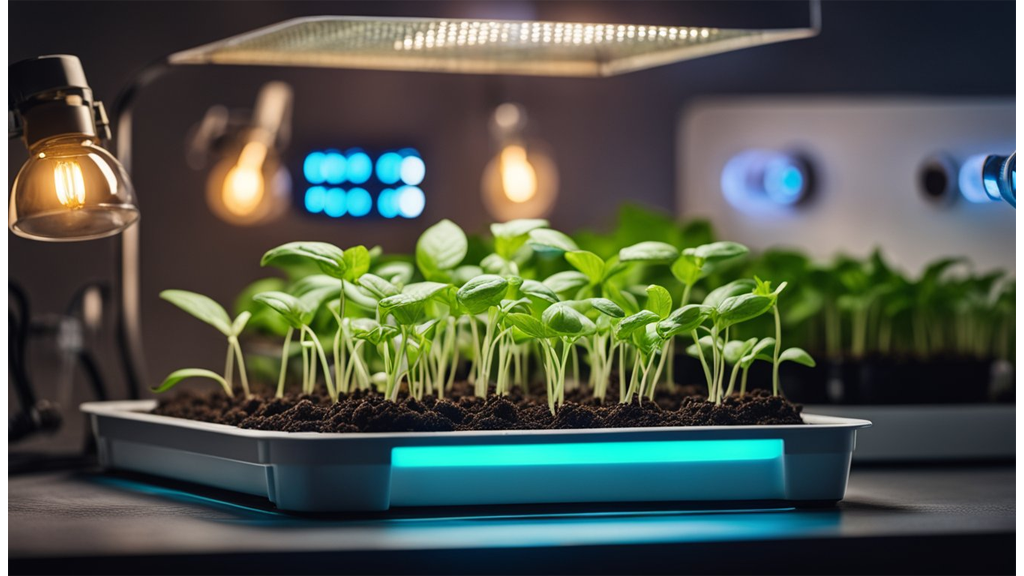
Unlike traditional soil methods, hydroponics utilises a mix of water, nutrients, and sometimes a growth medium like Rockwool cubes.
Advantages
-
Faster Growth Rates: Seeds access nutrients quickly, which speeds up germination. The nutrients are dissolved in water and are readily available to the plants.
-
Reduced Risk of Disease: By eliminating soil, we decrease the likelihood of soil-borne diseases and pests affecting our seedlings.
-
Environmental Control: We can maintain ideal moisture and pH levels, which ensures consistent successful germination. This precise control over environmental factors allows the creation of optimal conditions for seed germination.
The process typically involves soaking seeds in water to soften the seed coat and then placing them in a warm area with temperatures around 70°F (21°C).
Once sprouted, the seedlings can be moved into our hydroponic system, where consistent nutrient levels and moisture ensure further growth.
Propagation in hydroponics offers benefits like higher growth efficiency and less maintenance. By controlling nutrient delivery and environmental factors, we can achieve healthier plants with these modern techniques.
Steps For Germination
When starting seeds for a hydroponic garden, choosing the right seeds, preparing the equipment, and selecting appropriate growing media sets the stage for healthy growth. Following precise planting and maintenance methods ensures the best outcomes for successful seed germination.
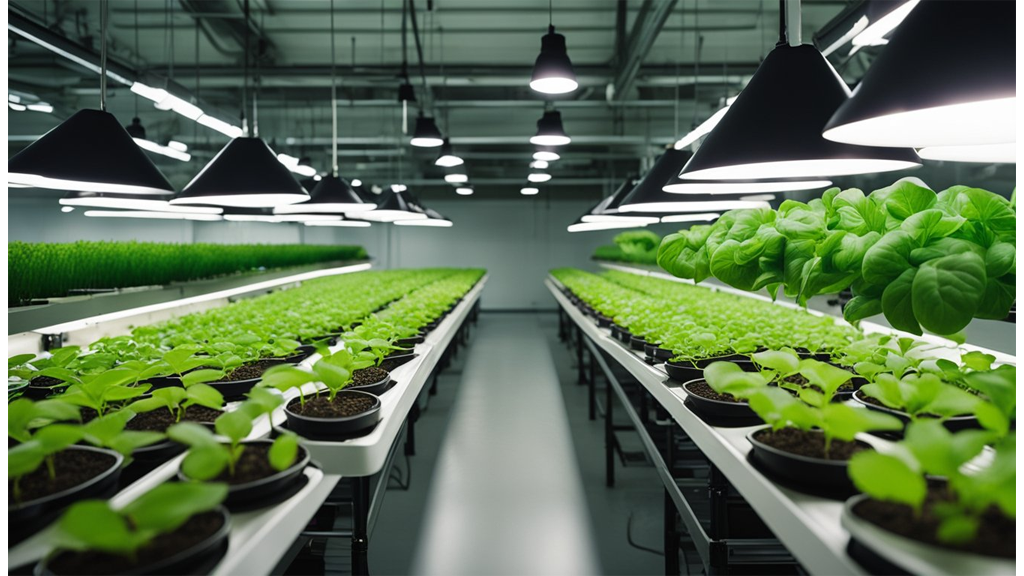
Choose the Right Seeds
When it comes to hydroponic gardening, selecting the right seeds is crucial. We want hardy, non-treated seeds that are well-suited for hydroponic environments. Ideal choices include lettuce, herbs, and tomatoes, all of which are known to thrive in these settings.
While most seeds can adapt to hydroponics, some might need extra care or specific conditions. It's important to understand the needs of the plants we wish to grow and adapt accordingly.
Preparation
Before we begin, gathering all necessary materials ensures a streamlined process. We will need seed trays or specialised germination containers and appropriate growing media such as rockwool, coconut coir, or peat pellets. Using pH-balanced water is key to maintaining a healthy environment for our seeds.
Sterilising equipment cannot be overlooked. Proper cleaning helps prevent any contamination that could hinder germination. Maintaining sterile conditions set us up for success in hydroponic seed starting.
Choose Growing Media
Selecting the right growing medium can impact the germination rate significantly. Among the popular options, Rockwool stands out for its moisture retention and structural support to seedlings.
Alternatively, Coconut Coir is an eco-friendly medium with excellent water retention properties. Peat Pellets are another user-friendly option, known for being biodegradable and easy to transplant.
Pre-soaking our chosen media in pH-balanced water helps create optimal conditions. This initial step aids in uniform germination and healthy seedling growth.
Sowing the Seeds
Correct planting depth and spacing are vital for successful germination. Each plant species may have different requirements, so following the packet’s instructions keeps us on track.
Managing moisture is equally important. The growing media must remain moist, but not excessively wet, to foster a conducive environment for healthy germination.
By adhering to these details, we enhance the likelihood of robust seedling development, setting the foundation for a thriving hydroponic system.
Maintain and Monitor
Ensuring optimal environmental conditions encourages successful growth. Light is essential, so appropriate lighting, either from natural sources or grow lights, should be maintained.
Monitoring temperature is key, with specific ranges depending on the plant species. Using a humidity dome helps us maintain necessary moisture levels, aiding in healthy seedling progression.
Once seedlings develop their first true leaves, introducing a diluted nutrient solution supports continued growth. Regular monitoring is important to identify signs of mold, pests, or nutrient deficiencies.
By adjusting environmental factors, we create the perfect setting for our seeds to thrive, ensuring a flourishing hydroponic garden.
Conclusion
As we wrap up our journey into hydroponic gardening from seeds, let's remember the key steps for success.
Germination is the first step. Ensuring the seeds have the right balance of moisture and light sets the stage for healthy seedlings. Many of us see better results when using a dedicated germination tray.
Once our seedlings sprout, it's time to focus on transplanting. Handling them gently during this transition minimises stress and promotes healthy growth in the hydroponic system.
Maintenance is essential for thriving hydroponic gardens. Regularly checking pH levels and nutrient concentrations is a must. This attention to detail helps our plants reach their full potential.
We also have the opportunity to try out different plant varieties. From leafy greens to exotic herbs, starting from seeds broadens our choices beyond what's available at garden centres.
Trying out various growing mediums, nutrient solutions, or even adjusting light conditions, can help optimise seedling growth. This experimentation is a chance for us to personalise our hydroponic setups for better yields.
By understanding these components, we're equipped to successfully grow hydroponic plants from seeds. Together, we can make the most of this innovative method, reaping fresh, vibrant produce right in our homes.







 Store Locator
Store Locator
